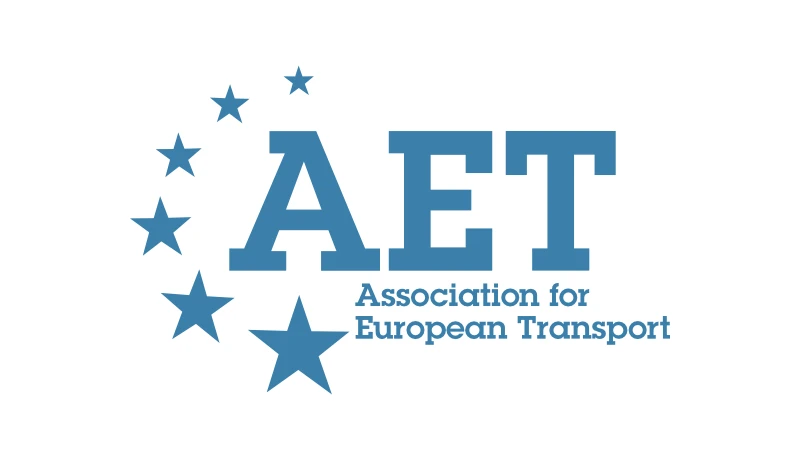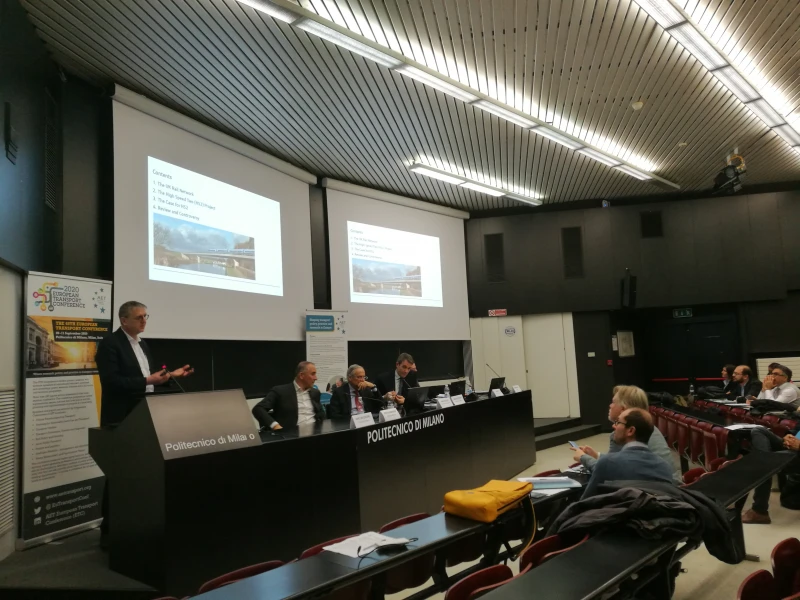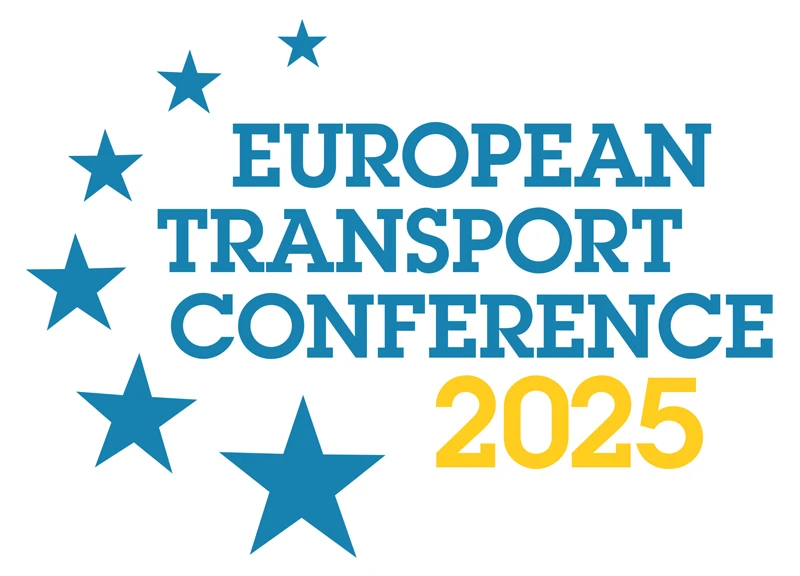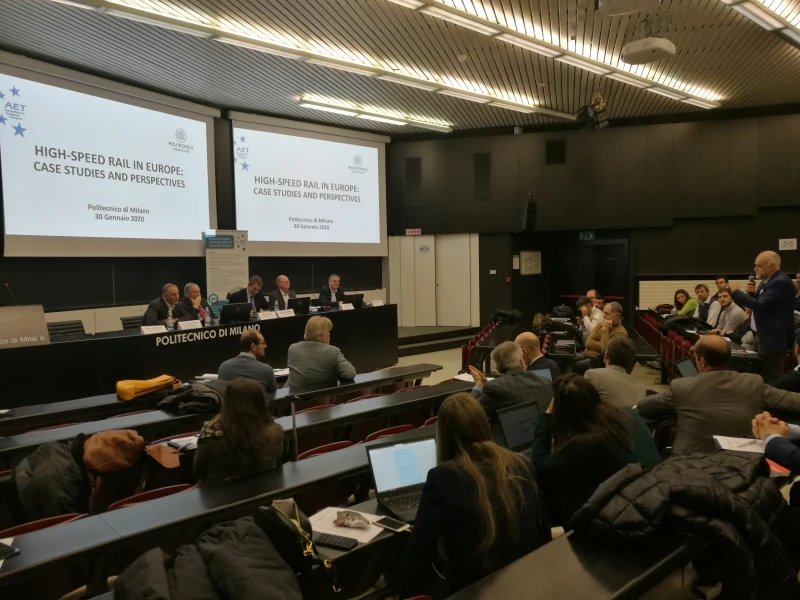-
Past ETC Papers
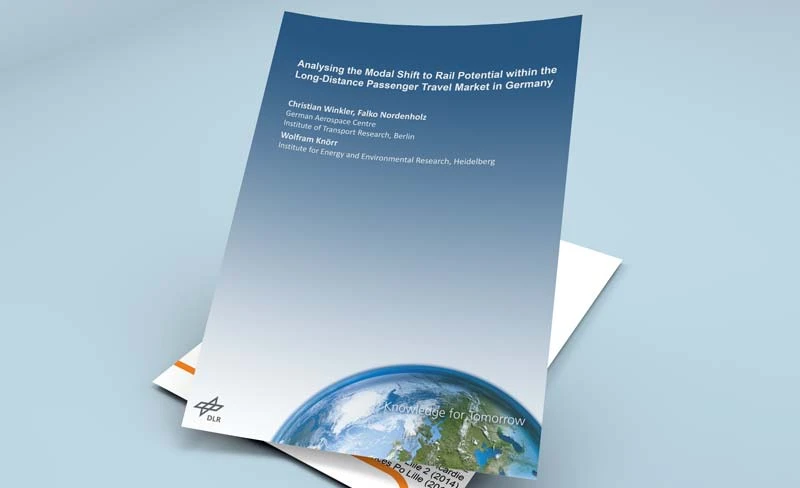
Browse, search and view papers from the past AET Conferences.
-
Members' Area
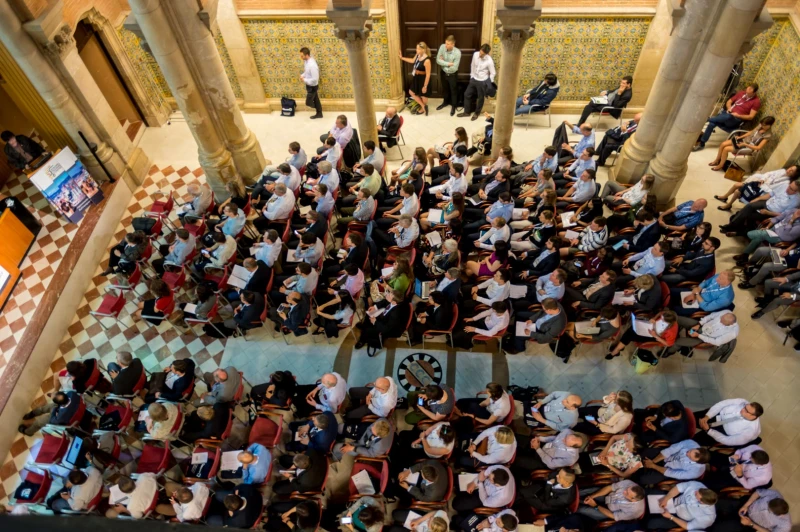
AET promotes networking and exchange of ideas, information and opportunities amongst members.
Conference Papers 2003
Strasbourg, France
ETC Conference Papers 2003
A systems dynamics model for the urban travel system
Seminar
Day 1 (8 Oct 2003), Innovative Methods in Transport Analysis, Planning, Modelling Urban and Network Dynamics, 09:40 - 09:40
Status
Accepted, documents submitted
Authors
C Raux, LET-CNRS, FR
Abstract
This paper presents an ongoing development of an architecture of travel behaviour models based both upon a system dynamics approach and an econometric approach. This system of models has vocation to simulate the medium and long term effects of transport policies from a point of view of sustainable mobility.
Problems:
The traditional econometric approach of travel behaviour comes up against several limits, primarily because the data available (revealed preferences data) translate only the final state which seems an equilibrium (seen in an aggregate way): every day permanently x% of the parking slots is occupied, or there is a traffic peak between such hour and such hour, etc. With these data translating a revealed demand, econometric modeling tries to reproduce this final balance.
However, the analysis of travel behaviour shows that this stability seen in an aggregate way covers a great variability of the individual behaviours (see for example Cairns and al, 1998): a significant proportion of individuals always do not go to the same place, always do not have the same activities, therefore do not make the same number of trips each day, shift from one mode to the other during the week, etc
Moreover, these changes of behaviour in response to various stimuli are not done instantaneously but with delay: a commuter accustomed to travel to work by car and to park free on the public roadway system, will have to adapt when the possibilities of parking and driving are strongly degraded (for example at the time of the installation of new lines of tram). And this adaptation will come through several stages (from travel rescheduling until the abandonment of the car for this type of travel and even perhaps a change of residence or workplace), each stage at different time horizons. This translates into different elasticities empirically calculated between the short and the long term (Goodwin, 1992).
In a recent paper, Goodwin (1998) announces ' the end of equilibrium '. He criticises this ' article of faith ' while recognising that this assumption is made necessary by the need for consistency in the use of the models when alternative policies are compared (Ortuzar and Willumsen, 1994). Unfortunately at the time when the behaviours are observed, those very often are not in equilibrium with the factors which influence them (e.g. transport supply): it results from this that the relations which are fixed are skewed, that these last cannot validly be used to describe different equilibrium which would be reached with different values of the factors, and that in addition the socio-economic balance-sheets are skewed. It is certainly about an uncomfortable situation since the consistent use of the models for the decision-making requires a general equilibrium framework.
Beyond this pessimistic statement, one may be willing to say relevant things as regards inertia of the behaviours, resistance to the inversion of long term tendencies by means of various transport or urban development policies, or about the delay of impact of these policies and their sequence: for that, it is important to develop dynamic approaches of travel behaviour modeling. In these approaches, one will find the concepts of equilibrium (or ?disequilibrium?) but resulting from feedback process.
State of the art:
In traditional four stages modeling feedbacks exist theoretically but are often ignored because of the heaviness of calculations and the involved complexity (Stopher et al., 1996). However the taking into account of the multiplicity of these feedbacks is necessary if one wants to correctly model the development of the urban travel system.
In addition, the relations between variables are often nonlinear or at least their linearity should not be imposed by needs for analytical simplification. For this reason simulation can be an alternative to the limits of the analytical resolution.
These considerations - interaction between feedback loops, complexity of the reaction mechanisms, delays in these reactions, non linearity between variables - justify the use of tools for simulation of the dynamics of the systems.
The modeling of the urban dynamics became well known more than 20 years ago with work of Forrester. The system dynamics approach has then been largely used in transport, especially in aggregate contexts of long term, for economic scenarios of travel forecasting or the modeling of the interaction between transport and land use (for a survey see Abbas and Bell, 1994). It has been used more recently for the strategic modeling of transport on a European scale within the ASTRA project (1998-2000).
The system dynamics approach has however difficulties to find its place beside the traditional econometric approach: the latter produces detailed statistical results and has the advantage of tried and tested statistical methods and especially criteria of validation. However, the necessary articulation of the behavioural change, the transformations of the activity locations and urban space, the socio-demographic tendencies and the transport supply, leads to an increasing complexity of the existing models. The control of this complexity seems increasingly difficult. The sensitivity of the results to the multiple parameters of a system of four-step models, to the specification of each model, and to the feedback mechanisms, seems quasi impossible to explore systematically, but only by empirical tests (see for example Raux, 2002). The system dynamics approach make it possible to quickly implement tests on the structure of the models to answer questions such as ' if the predictive model is specified thus, how evolve the forecasts? '.
Methodology and results
The approach consists in building systems of models integrating at the same time the simulation techniques resulting from the system dynamics approach and various elementary ' bricks ' of econometric models.
We have thus developed a modeling platform of urban travel, by exceeding a sterile opposition between detailed quantitative econometric approach and qualitative approach of systems dynamics. In short it is a question of putting econometric equations in the feedback loops, and of avoiding everywhere where that is possible purely qualitative approaches.
First of all the conceptual architecture of the various mechanisms of feedback between bricks of models will be presented.
Then will be presented the already validated bricks of model, namely
* an assignment model based on a shortest path algorithm and on a modeling of the congestion by a queuing model (capacity seen as a bottleneck);
* a model of departure time choice coupled with the previous queuing model, which allows to make endogenous the departure time choice and thus represents the dynamics of the congestion;
* a model of modal split based on a price-time model (distribution of values of time);
* a model of regulation of the public transport financing, taking into account the constraint of scarcity of the public resources and its consequences on the operation and attractiveness of public transport.
Finally the linkage of these models will make it possible to illustrate the dynamics of the urban travel system, in particular how transport policies, jointly with demographic and economic dynamics, can make the system to branch out even break down.
Bibliographical references:
Abbas, K.A., Bell, M.G.H. (1994) System dynamics applicability to transportation modeling. Transportation Research A, Vol 28A, n° 5, pp. 373-400, 1994.
ASTRA (2000) Assessment of Transport Strategies, Final Report for the European Commission, 48 p. (http://www.iww.uni-karlsruhe.de/ASTRA)
Cairns, S., Hass-Klau, C., Goodwin, P. (1998) Traffic Impact of Highway Capacity Reductions: Assessment of the Evidence. Landor Publishing, 1998, 261 p.
Goodwin, P. (1998) The End of Equilibrium. In : Theoretical foundations of travel choice modeling, T. Gärling, T. Laitila, K. Westin, eds, pp. 103-127. Pergamon, Oxford, 1998.
Raux, C. (2002) Uncertainties in Forecasting: The Role of Strategic Modeling to Control Them. In H.-S. MAHMASSANI (ed), In Perpetual Motion. Travel Behaviour Research Opportunities and Application Challenges. Pergamon, Elsevier Science, Oxford, 2002, pp. 505-526.
Stopher, P.R., Hartgen, D., Li, Y. (1996) SMART : simulation model for activities.
Documents:

Association For
European Transport
Forester House
Doctors Lane
Henley-in-Arden
Warwickshire, UK
B95 5AW
+44 (0) 15 64 793552
VAT number: 710 1866 64
Conference Supporters & Endorsers




Legal Entity
The Association for European Transport is registered as an Association ('vereniging') with the Chamber of Commerce for Haaglanden in The Netherlands under company number 27170096.
Built on Zenario

